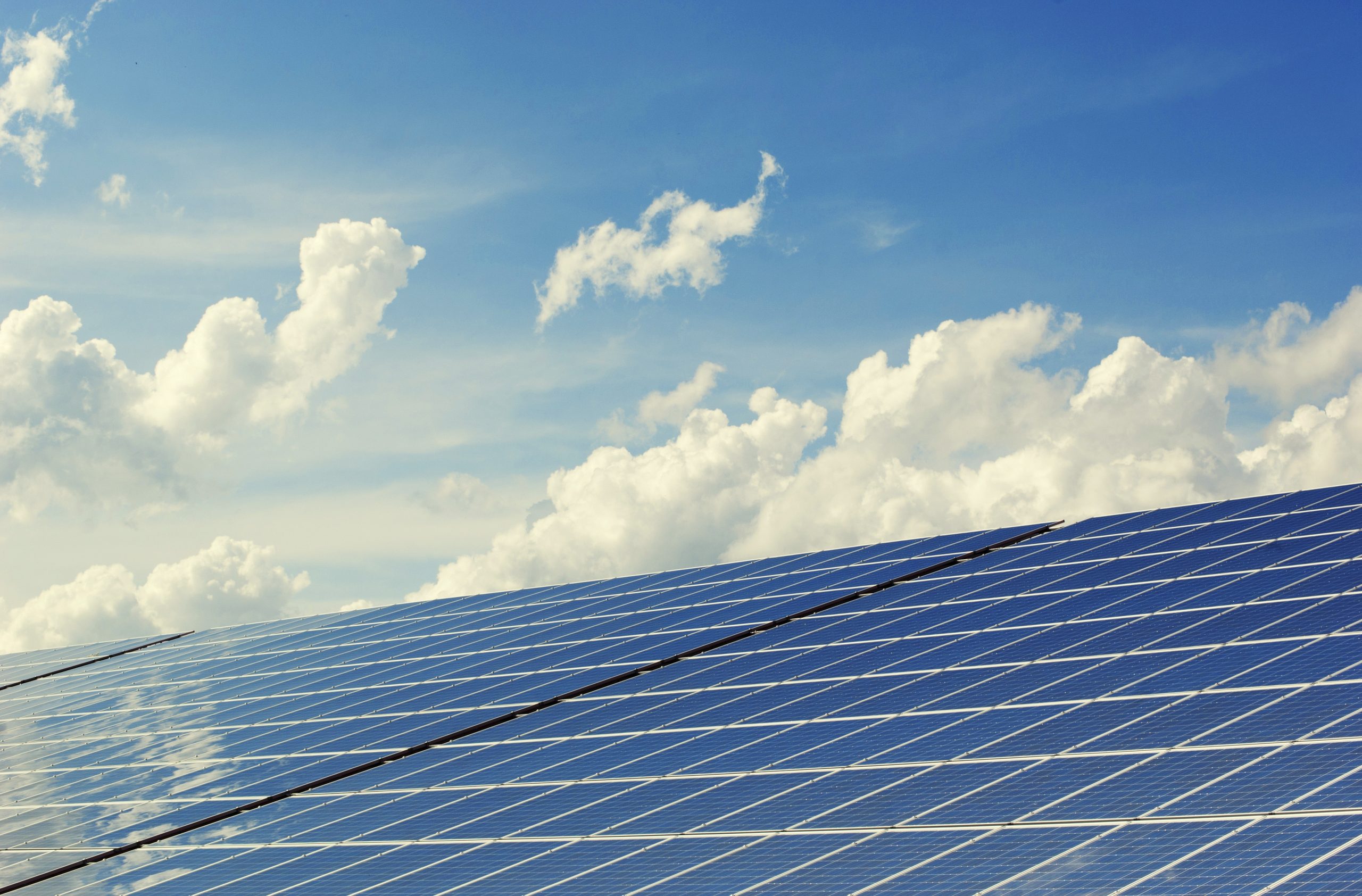

Design and construction of NetZero buildings (product as much or more onsite renewable energy as they consume) has been increasing in the US and the world over the last several years. This is as true for school construction as in any other sector. This is becoming an increasingly popular option as the costs for renewable energy infrastructure (e.g., solar panels) has come down. According to this article from The Kendeda Fund, the initial costs for a NetZero school are no higher than for conventional school construction.
Not only are schools being designed and built from the get-go to utilize low energy, but many school construction projects across the US are being launched to retrofit the buildings, to either add renewable energy sources, or to reduce energy consumption, or both. Just a few recent examples are this high school in Aurora, Colorado; this district in North Carolina; and another in nearby South Carolina.
“According to the U.S. Department of Energy, schools spend more on electricity and natural gas than on textbooks and computers. Net zero energy schools virtually eliminate that operating expense. And now, because of advances in solar technology, LEDs, other equipment and design techniques, the initial cost of a net zero school need be no higher than that of a conventional energy building.”
Why NetZero schools?
According to the Kendeda Fund Net Zero Schools Report:
1. Low energy demand: They operate only nine months of the year and for limited hours. Access is relatively controlled. Occupancy levels are predictable and constant, and after hours only partial. Plug loads are low compared to buildings that run a lot appliances and computer equipment.
2. High renewable energy potential: They’re usually one or two stories— providing a big footprint for photovoltaic panels relative to the square footage inside. Most demand comes during the day, when the sun generates electricity.
3. Owner occupancy: School boards have a long-term interest in reducing utility expenses, and they usually possess bonding authority to fund long-horizon projects.
4. Sustainable mission: Net zero schools provide living labs for growing curricular emphases on technology and the environment.
5. Better learning: A healthier, more comfortable indoor environment stimulates learning, reduces student absences and increases teacher retention.
6. More resilient: In natural disasters, schools with their own power can continue to function and can serve more effectively as community centers.
